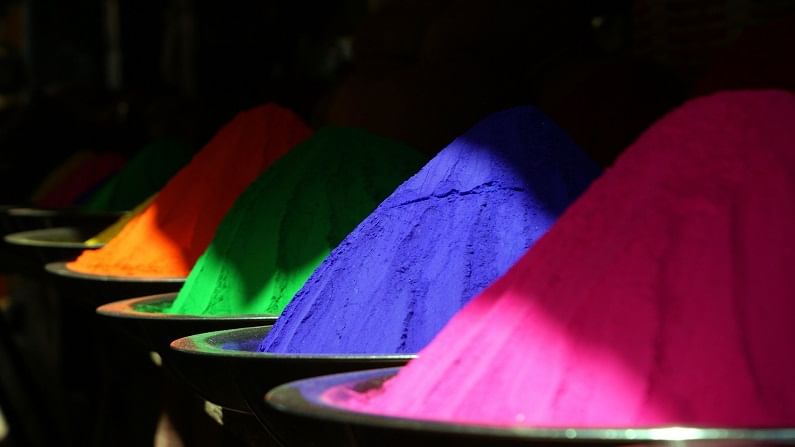Sweets, the real colours of Holi
With experts advising contactless Holi – an oxymoron – sweets are perhaps the only item one can have in abundance this year

Before our IT professionals changed it, the western view of India was that of a land of trippy gurus in possession of secret psychedelic wisdom. The one chemical that reinforced the idea was the extensive use of bhang, an intoxicant that has been widely prevalent in our society starting from the mythical times. And the best time to for the masses to connect with our psychedelic roots is Holi when even strict parents won’t really disapprove of their children tasting sweets and drinks laced with bhang.
Celebrating Holi without sweets is like playing Hamlet without the Prince of Denmark. And sweets without the bhang is like robbing the prince of his crown.
During Holi bhang is added to almost everything – laddoos, sherbets and even kulfis.
Bhang, which is prepared from the leaves of the cannabis plant and therefore is legal, lends the signature high of Holi. It is used to lace laddoos and drinks like thandai. Earlier the elders in many families used to make thandai at home, but now premixed bhang is easily available in all cities during Holi.
While premixed bhang often has too watery a consistency, a liberal addition of nutty paste (almonds) and milk improves the consistency and often adds to the taste and it is worth trying it once in the kitchen.
Perhaps the most pedestrian, yet adorable, sweet associated with Holi is gujiya. It takes different shapes and ingredients in different states. In many states it resembles a semi-circular pancake with different stuffing typically mawa/khowa and nuts.
In Bengal gujiya is rarely made at homes but is purchased in sweetmeat shops. Imaginatively shaped like the horns of the bull – that somehow reminds one of Shiva (and therefore bhang) – the gujiya is ideally sized to pop it intermittently in the mouth throughout the day if one can bear the excessive sweetness that is sometimes associated with it.
The kesari malai peda is another delectable sweet item that consists of small balls made with cream or malai with the flavours of saffron and cardamom.
A Bengali invention that goes well with Holi is the ras malai, which is essentially the old soft rosogolla, swimming in a tub of milk laced with cream, saffron and pistachio. The ideal ras malai will have rosogollas so soft that they won’t stand firm in the liquid but would collapse like shapeless sponge.
But attempting ras malai in the kitchen is an extremely hazardous task, especially the step of making a perfect rosogolla. A far easier challenge is to make malpoa which is a syrupy soft pancake made with all the ingredients one can find in an average kitchen.
The pancake made of different mixes of flour, coconut, or mewa is deep fired in ghee and immersed in sugar syrup. While in north India a lot of suji, mawa, fennel seeds are added, the south Indian variety has a lot of coconut. The ideal malpoa is fried to a degree when the edges become crispy and light brown and soft at the centre.
Malpoa is made in many homes in winter and especially savoured at the onset of winter in Diwali and end of the season in Holi. Many recommend that it is paired with rabdi, making it will a royal jugalbandi.
In many states kulfi is associated with Holi. The evergreen kulfi can easily be made in an average kitchen using cream, dry fruits, saffron and that old favourite of most of us when we were a child – condensed milk.
Many like to lace all the above sweets with bhang, which makes it a rather potent combination with the sweet heightening the high delivered by bhang.
With a fresh wave of infections staring us in the face and experts advising us to temper the revelry this Holi, the only thing that one might indulge in without restrictions are the sweets.
So, at least for a day throw calorie cautions to the winds and if you have a sweet tooth prepare to flaunt it now.

